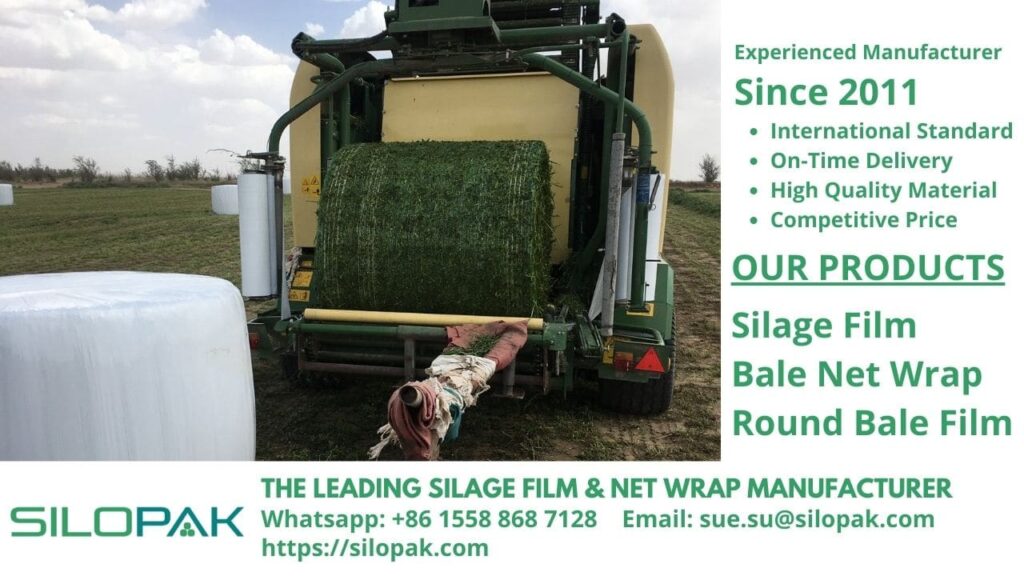The term “grass crops” is applied to any plants that fall under the family of grass, which are grown for human consumption. The grass family boasts at least 10,000 different species, all of which sports tremendous diversity in morphology, physiology, ecology, and genetic. The phylogeny of the grass family of plants is further understood as research is conducted deeper into the subject. The grass is divided into two major groups:
- Early diversification is composed of the subfamilies Oryzoideae, Bambusoideae, and Pooideae.
- Later diversification is comprised of the subfamilies Arundinoideae, Centothecoideae, and Panicoideae.

contents
How Grass Crops Contribute to Human Life
The grass crops are a group of plants that include all major cereals (oats, barley, rice, maize, and wheat) and minor grains (teff, finger millet, common millet, and rye). The term can also be applied to other species that are equally economically important such as sorghum and sugar cane. The grass family of plants is the fourth largest among all flowering plants.
It can be divided into 650-765 genera and boasts 8,000-10,000 species. It’s worth noting that the number of the species is double that of mammals. The grasses can be found on all continents as well as Antarctica. This means that grasses are highly adaptable to whatever environments they are on earth. Many grass species can adapt to habitats of dry or saline variety.
This tremendous feat of the grass crops has already been developed way before human beings came to roam the earth. Still, humans have played their role in determining which grass species are selected to be cultivated. Cereals are the first of the variants to be cultivated 3,000 years ago, which lead them to be dubbed founder crops of the old world.
Rice was first domesticated during the Neolithic era in South China, of the japonica variety, and in the Himalayan mountain range, of the Indica variety. Mexican first domesticated maize 8,000 to 9,000 years ago. Humans played their role in spreading these plants across the globe. Domesticated animals are fed on rangeland, meadows, and pastures, which goes to show how these areas are transformed into grounds of important significance for humans. At least 4 billion hectares of land are filled with grasses these days globally, 1.4 billion hectares of which are grown with grasses by farmers.
The reason for this ubiquity can be attributed to just how adaptable grass crops can be. They can grow regardless of the presence of needs by humankind. Maize is one crop type that observes a significant increase in its acreage in the last century. Grass weeds, on the other hand, spread along with the spread of other crops. Grass weeds develop adaptability towards a series of grass crops management tools. Some of them have even developed resistance to most modern herbicides. In addition, some species turn into invasive species in a natural grassland, as is the case with the Bromus in the American prairies.
The Best Grass Crops for Feeding Livestock
Some grass crops are suitable for feeding livestock. Some farmers intentionally grow grass in their land for this specific purpose. Here are the three types of grass perfect for livestock feed:
Reed Canary Grass
This grass variant can grow fast and can be found growing in wet areas. They grow easily in wet soil. The plant is a lot bitterer when it grows too tall. As it grows taller, the animals will find it uninteresting. Overgrown canary grass will only be sought after for its leaves by the animals. As such, the herd needs to graze on this variety of grass to prevent selective feeding like this.
Bermuda Grass
This is a popular variety thanks to its dependability, and it isn’t too demanding, especially in terms of fertilizer. It is known for its high yield, which makes it perfect for feeding dairy cows. The year-round operation can be supported with this grass.
Fescue
This taller variety of grass crops makes for good forage crops. It would be a good idea not to feed the animals with this grass during its growing season as it will make the grass’ survivability level at risk. On the other hand, turning it into primary feed is also not advisable as it is of low-yield variety. It is more suitable to use the grass together with other crops.
What to Expect
Grass as the raw ingredient in the making of livestock feed is indeed the most important component to think about. However, regardless of which grass variant you choose, you need to think about the tool that can support the entire process.
Silopak offers the best package that seals the whole moisture inside. This is the key to producing a perfect bulk of silage that comes with unrivaled quality the entire animals love to be fed with. Quality feed will eventually lead to livestock capable of producing the best of products that will bring business to the farm.

